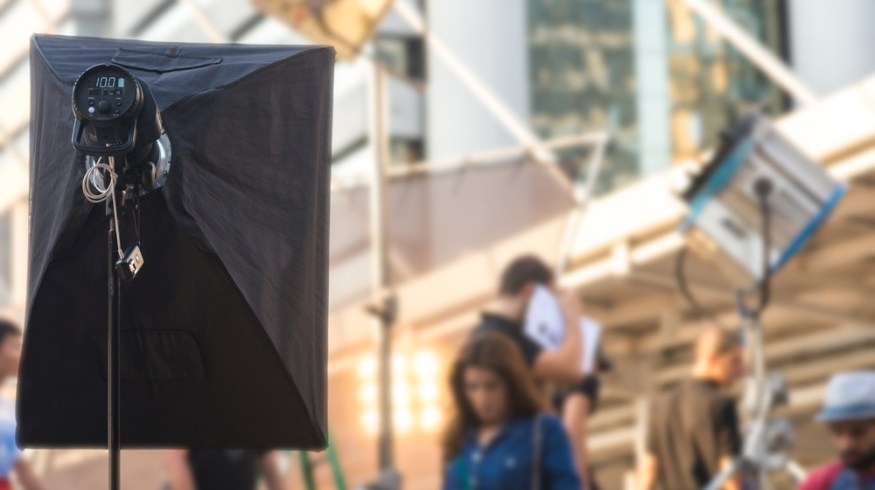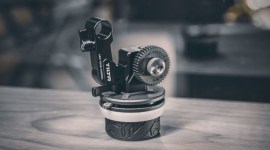
What You Need to Know About High-Key vs. Low-Key Lighting
High-key and low-key lighting can create drastic differences in the final look of your film. Let’s take a look at which is best for your next shoot.
Two primary lighting styles that you will consistently find in cinematography are high-key and low-key lighting. Each style offers its own advantages, so let’s break down the uses for each.
High-Key Lighting
High-key lighting is a method often used in beauty and makeup commercials and in comedies. A high-key look gives you fewer shadows and makes your talent look flawless and elegant. It produces an even amount of light that spreads across an entire scene. It’s also useful for producing food or product imagery when you need the light to be even across the entire scene.
A high-key lighting style often involves a soft key light directly above the camera — and not too close to the talent. Positioning the light directly in front of the talent creates less shadow, making the skin look softer and smoother. Usually, these lights will be large — at least a 6×6 butterfly. High-key lighting also produces a beautiful catch light in the talent’s eyes.
Another reason high-key is useful in the beauty industry is because the light is further away. As a result there is less light falloff, making the transition from highlight to shadow much smoother and less abrupt. This makes the lighting much more consistent from five feet and also ten feet away. A high-key situation is ideal for shots with two subjects in frame because it ensures that each subject gets lit evenly and casts fewer shadows.
Low-Key Lighting
As opposed to high-key lighting, low-key lighting is much more dramatic. Low-key lighting typically involves lots of contrast and creates an entirely different mood than high-key lighting. Low-key’s transition from highlight to shadow is much quicker and more dramatic — and harsh. Usually low-key lighting is very close to a subject, and the light source is typically dimmer to accommodate this. In fact, in some cases, you can light someone on a white backdrop, but it will appear black because of how close the light is to a subject.
By placing the light closer to the subject, the transition from highlight to shadow occurs much faster, creating a much more dramatic scene.
The lighting style you choose for your film can create a unique look. A high-key style may help the humor in your comedy thrive. A low-key lighting style may convey your drama’s story by putting the audience in the right mood. Essentially, lighting styles should help move the story along, so they should work with your story, not against it.
Cover image via Shutterstock.
Looking for more on lighting? Check out these articles.






